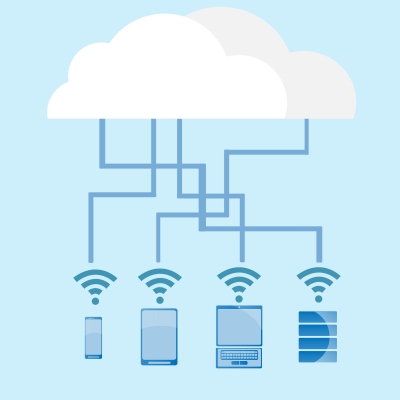I wanted to write you guys an introductory piece about Software-as-a-Service but I couldn’t decide a proper theme for it. So as usual, I browsed the internet for details related to the topic to find inspiration. As I am researching for this article, I realized that the term Software-as-a-Service (SaaS) is a very technical term that perhaps only IT industry practitioners understand. In fact, I looked up Software-as-a-Service for dummies on Google and it returned various definitions associated to SaaS such as – multi-tenancy, highly elastic, and modular. Wow! 🙂
I am concerned that because the words and articles appear so complex – that it will cause you to just give up trying to figure out what it is all about. That you, as the customer, you will resign to just demand the functionality that you want without the consideration of how it will be built and what the impact of those technical decisions will be for you. I hope that this article will help you better understand what SaaS is for consumers. I do not attempt to cover all aspects, just those that I think might be relevant for you when you make a decision.
“IT is not part of my core business”
In an infographic by Microsoft 365, it said that 98% of US Small businesses recognized that technology is critical for their success. I think there is little debate about this fact even in a country like the Philippines. More and more people are understanding the advantages that technology can give and would want to participate in it. But, is this part of your core business? Do you really want to build and manage it yourself?
“In-House” is the term used in the industry for companies who wanted to do things all on their own starting from development all the way to its implementation and support. This means hiring IT managers, developers, support engineers, buying equipment etc. It requires a lot of skills and expertise – and a lot of investment that will likely be under-utilized.
SaaS is saying that you don’t have to. SaaS providers, like Creating Info, will provide all of these for you. Other than paying for the usage of the system, you don’t need to worry about the other aspects of it. The provider will be the one to invest on development, servers, support and maintenance.
“I don’t have an IT Department”
Most people I know just use technology on a high level. They use PC, tablets and smart phones to browse the internet, send emails and instant messages, or use it for social media. But, whenever error messages starts to pop up, or their machines are just running slower than usual, they panic. Some will suddenly be paralyzed unable to do anything else afterwards, some will start to hit random buttons and make the problems worse.
“Self-Hosted” is usually the industry term used when your organization bought a software from someone else but choose to run and manage it on your own. It is generally cheaper investment than In-house but you still need to do some. The software and the servers still need to be managed so you will likely still need to hire an IT support person and equipment, that will likewise be under-utilized.
In SaaS, you don’t need to. SaaS are hosted on the web, and its data is stored on the cloud. There is no installation required as you will just be provided with a link like a webpage where you will be able to use all the functionality of the application. You will still need a PC, tablet or smartphone if you don’t already own one. But if you do, you will likely be able to reuse it.
“I just want the functionality without the complexity”
The reality for most businesses is that you just want to have the functionality that you need, and the ability for the system to flex for potential future need. You want to be able to accomplish this at the cheapest possible cost on your behalf so you can use your money to invest in the core parts of your businesses.
In SaaS, your provider makes your IT needs their primary business. The provider makes all of the investments and use economies of scale to drive down the cost for all its customers. On top of that, SaaS providers will have a community of customers that will give it the necessary insights required to continue to improve the system. With a wider user base, more features can be tested and added. A group of customers can sponsor a change together to lower cost, it can have faster deployment time, etc. I think above all, in SaaS, your system can grow with your business. What you get when you first start signed up, will most likely not be the same vanilla version 3 to 5 years down the road. 🙂
SaaS isn’t something you discuss with your provider after you are finished with the project that you contracted with them. SaaS is an overall approach to your system that needs to be discussed up front before you make an investment. If you have questions, feel free to email us at hello@creatinginfo.com 🙂
Also, we are cooking up something for you – stay tuned! 🙂
